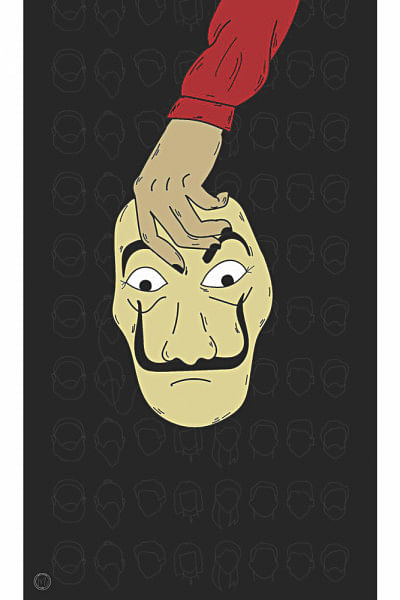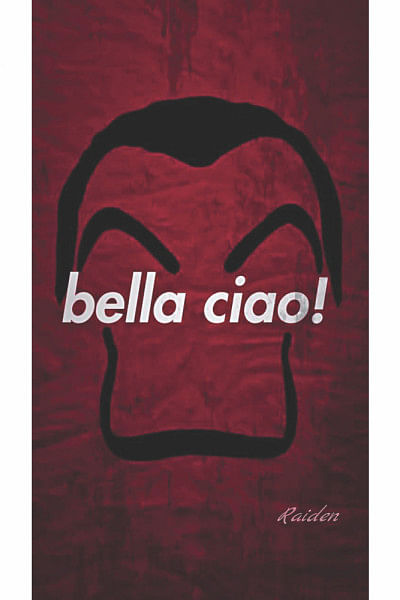Anatomy of a protest

The 16th of December holds special significance for all Bangladeshis, commemorating victory achieved through the struggle of independence and freedom from the clutches of oppression and tyranny. Breaking off the shackles of the tyrant’s reign or the ideological imposition did not happen in a day or with a single slogan. It took shape in the psyches of different groups with alternating modes of operation, employing different tactics. The tactics were often punctuated with high-pitched slogans with arms raised or choruses made in unison carrying placards marching towards the authorities. In the same vein that we celebrate our victory, on the other side of the world in different countries, young people are being galvanised today, to create a new world in their image. In a globalised world such as ours, everything risks becoming political and everything is personal.
In an interesting and volatile intersection of pop-culture, politics, and lifestyle, coupled with deep-seated political change, we see interesting features of the social movements sweeping the world where the protestors deploy the deeply embedded symbolic features of pop-culture into the machinery of the protests itself.
A wide variety of interesting symbolic interactions can be found in the protests engulfing Hong Kong to Lebanon to Chile to Iraq to Bolivia. The reasoning and circumstances of the protests are varied.
From protests ranging for anti-sectarian governments to ending economic inequality, to passage of constitutional amendments for greater freedom, many in face paint or wearing a famed anonymous mask singing an anti-fascist Italian anthem are spearheading the message everywhere, raising solidarity with others elsewhere.
Men and women chose to put on the paints or masks resembling this year’s blockbuster film, “Joker,” showing how integral and relatable the Clown Prince of Crime’s circumstances are to them.The Joker represents to these young protestors not just a symbolic gesture of anger and rage but of utter hopelessness at the workings of those in authority who leave the powerless begging for scraps.

In a cultural show of unity, we see multiple people wearing the costumes worn by Joaquin Phoenix’s dazzling portrayal of the Caped Crusader’s most iconic rogue to convey their deep mistrust of authority, while at the same time, extending solidarity with others in the same stage.
Showing the deep divide in societies, the face paint has been a major factor of concern for authorities, who, in many cities where the protests are taking place, have tried to either restrict or completely ban the use of face paint or masks.
The Guy Fawkes Mask, for which the design is based on the facial structure of the British-Catholic revolutionary, Guy Fawkes, as popularised by the great comic writer, Alan Moore’s well-crafted graphic novel masterpiece, “V for Vendetta.”
Even in the protests, it was not an uncommon sight to find the masks in public, which shared a deep symbiosis with the current situation, where the titular character, V, in the comics leads the movement to topple the oppressive authorities.
Now, a conspicuous presence is easily found in social media through the work of the hacktivist group, “Anonymous.”
In another pop-culture reference, it has been noted that the protests in Iraq have been saturated with the Bella Ciao anthem, an anti-fascist anthem composed in the early 19th century by Italian rice-field workers, which later became a rallying cry in 1943-1945 for the Italian resistance to Nazism and Fascism.
The song was picked up from the hit Spanish language Netflix series, “La casa de papel” and the protestors donning the red jumpsuits and Dali masks have joined in the movement, adapting the song’s lyrics to their own conditions, galvanising support amongst themselves demanding better economic conditions.
The cultural and pop-culture iconography have been penetrated into the microcosm and macrocosm of the protests themselves, be it through graffiti or masks. The fluidity and malleability to reach audiences cannot be questioned and is a reminder of how connected we all are.
A protest is a brief moment in history where time stands still. Just like we will be going out this 16th December with our flags and symbolic clothes, time will stand still while the country, no matter how fractured or divided it might seem, comes together to compose itself, stitching and tending its wounds, and walk together in solidarity for a better and more prosperous future.
Photo: Collected

 For all latest news, follow The Daily Star's Google News channel.
For all latest news, follow The Daily Star's Google News channel. 



Comments